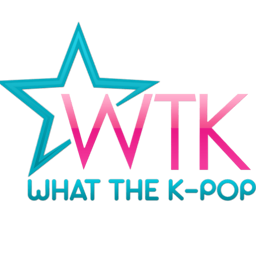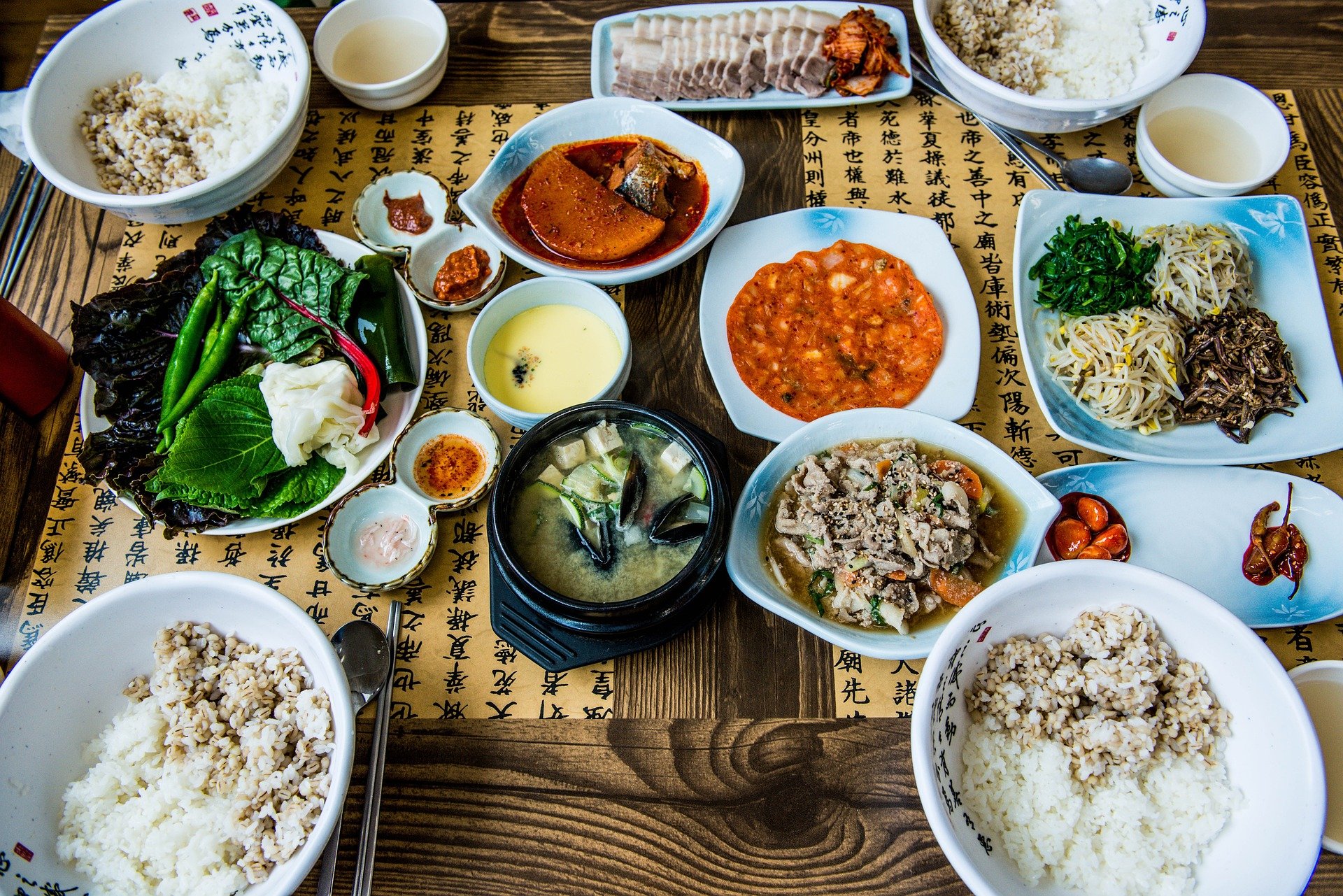Welcome to a new series where we’ll be sharing some important things about Korean culture! From food to clothing, we want our readers to learn more about the traditional aspects of Korea in addition to modern pop culture.
Food is the key to truly understanding a culture and its nuances. Korean cuisine has evolved with a range of socio-political changes for decades and it has always been the highlight of any trip to the country. Korean food is very well known for its sharp kick of flavor, as well as its bright colors. It generally focuses on rice or noodles, vegetables, and meat, as well as a lot of seafood.
Here’s everything you need to know in order to place the perfect order in any Korean restaurant!


First things first, it is important to note that any main course dish in a Korean restaurant will come with a host of side dishes or “반찬 (ban-chan)” while the main course itself is generally family-sized. Steamed rice and kimchi are also served as part and parcel of any meal, so it is not necessary to order them separately.
According to J Med Food, “the health functionality of kimchi include anticancer, anti-obesity, anti-constipation, colorectal health promotion, probiotic properties, cholesterol reduction, fibrinolytic effect, antioxidative and anti-aging properties, brain health promotion, immune promotion, and skin health promotion.” As such, the importance of kimchi is highly emphasized in Korean cuisine.


Sauteed soybean sprouts and seasoned whole soybeans are also added to the already large array of banchan. Soybeans are also used to form a fermented jang or soybean paste which is an essential ingredient in stews such as “된장찌개 (doenjang jjigae or soybean paste stew).” It is even used to make homemade soy sauce and chili pepper sauce, also known as gochujang.


This chili pepper paste made up of soybean paste, red pepper powder, and rice flour is the hero of a lot of Korean dishes. It is the main source of flavor in Korean bibimbap and can be used as a dipping sauce for Korean barbeque.


Bibimbap simply translates to “mixed rice with meat and assorted vegetables.” Fret not, for the vegetarian/vegan version also just as delicious! Fair warning though, gochujang can be really fiery, but it is also medicinal and can revitalize the body to help soothe ailments.


It would be a sin to mention gochujang and not talk about one of the most popular snacks from South Korea: tteokbokki! You might recognize this spicy rice cake from K-Dramas and TV.
There is no limitation whatsoever for what time of day you can enjoy this tasty treat. A late-night snack, hangover cure, or even a remover of the break-up blues, tteokbokki will never go out of style. Add a bunch of stringy cheese on top and it couldn’t get any better.




Another popular late-night snack is jokbal or pigs’ feet cooked with soy sauce and spices. It is usually braised in a combination of soy sauce, ginger, garlic, and rice wine. Another alternative to the same dish is dakbal or chicken feet, cooked with the same combination of condiments. Once you have it, you can never forget the taste of it!






Seafood forms a classic component of Korean cuisine because of the country’s geographical location as it is surrounded by the sea and ocean. Freshwater fish too is quite popular among locals. It is served raw (sashimi), broiled, dried, grilled, or incorporated in soups. Croaker, mackerel, hairtail, and pacific herring are usually grilled; anchovies, shrimp and squid are salted and fermented or even fried!


Finally, the part that everyone has been waiting for: K-BBQ! The most famous K-BBQ is bulgogi which literally translates to “fire + meat.” Most barbeque joints offer pork belly, thinly sliced beef, chicken, and pork.




Customers themselves usually grill the meat which is marinated or plain according to the customers’ tastes. Accompanied by side dishes of your choice, such as pickled radish, sauces, and all kinds of pastes along with loads of lettuce, you can make your own wrap too!


Other varieties of meat dishes include beef short ribs (galbi), spicy stir-fried chicken (dak-galbi), spicy grilled pork ribs (daeji-galbi), pork sausage (soondae) and sweet and sour pork/beef (tangsuyuk).


For vegetarian/vegan food connoisseurs, South Korea also has a whole lot to offer! The gimbap is a must-have Korean-style sushi roll which is super easy to make even at home. Getting a taste of japchae or glass noodles with vegetables will surely leave you wanting more.






Kimchi Bokumbap or kimchi fried rice is something your favorite idols swoon over and jjajangmyeon or black bean noodles is the perfect meal at any hour of the day or night. Dubu or tofu can substitute for meat in any non-vegetarian dish and still tastes just as good.
Don’t forget to also try out some naengmyeon or cold noodles!




Finally, before you have to leave the land of flavors, sample some amazing pancakes! Take your pick amongst different varieties such as pajeon or scallion pancakes, kimchijeon or kimchi pancakes, yacchaejeon or vegetable pancake, gamjajeon or potato pancake, and the supreme dessert pancake, hotteok. While it may sound odd, you’ll have the taste of South Korea on your tongue all throughout your flight back home!


You’d be reading all day if we were to list all our favorite Korean foods, but rest assured that your trip to South Korea will be fulfilled with what we have noted down for you! Food brings people together and South Korea’s tradition of sharing food equating to sharing love will warm your hearts despite the cold weather!
In the meantime, stay tuned for the next article in our K-culture series!
What’s one dish that you want to try from South Korea? Which of these dishes have you tried before? Let us know your thoughts by tweeting to us @whatthekpop1!
Ishani Sarkar is a self-professed learner for life, trying to find meaning and happiness in the smallest of things. She found her safe haven within the world of Korean entertainment and she’s never letting go.
Media: Pixabay/Naver

